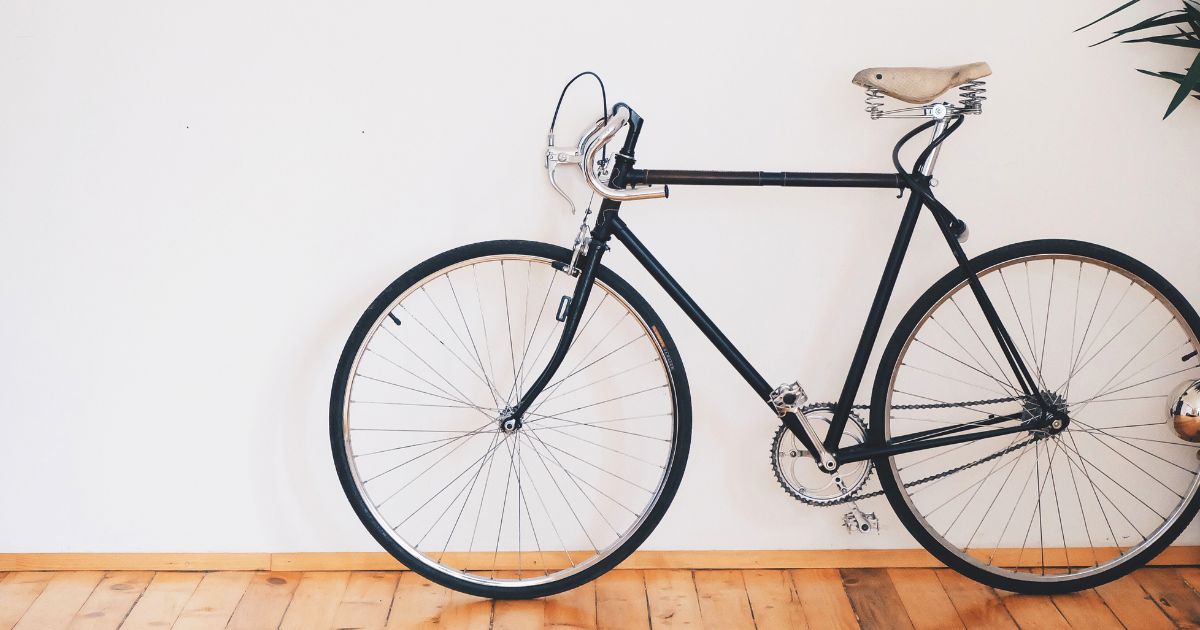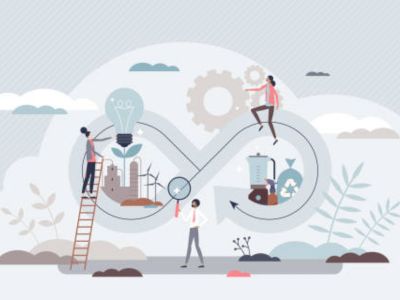The True Power of Circular Economy and Social Enterprise
By: Gurbeen Bhasin, MA, MSW (ED/Founder of Aangen: A Community Service Organization)
While studying my Masters in Social Work, I began to realize how the “system” was set up. If someone wanted to survive in the nonprofit or charitable sector they had to write grant applications, make sure all the reporting was done appropriately for the funder AND determine these grants “fit” with the grantee organizations goals and services. This was absolutely NOT how I wanted to live my life in this chosen profession.
The Need for a New System for a Circular Economy
I wanted to help the community right away when needs came up, not wait for funders and donors. I wanted to create a new system where the organization made enough money to support itself and respond quickly to needs. This was not easy but possible.
At the time, there was no name for this idea (now called a “social enterprise”). But I was determined to find ways a nonprofit could make money from products or services to support itself and address real needs in real time.
If you want to do this, first ask: “What product or service will the community need and buy that my organization can provide?” Next identify the need and customers. Then secure the supply chain and set competitive prices.
That’s the business side of the equation of a social enterprise. The other side is the service or support you and your organization are helping with.
This equation can be seen by looking at a bicycle. The front wheel is the business side of the equation, while support comes from the back wheel of the bicycle. In order to provide a service, an organization needs to generate income. To put it simply, they need to be in harmony with one another.
Social Enterprise Bicycle Model: Front Wheel = business / income generation Back Wheel = community service

A Circular Economy: Supplying Meals to a Shelter
I can share a concrete example of how the social enterprise bicycle works and in fact how this led us to create a circular economy. In 2018, I was asked by a housing agency in Toronto if Aangen could supply meals to a respite shelter. Luckily, we had already been running a café and had relationships with local farmers and restaurants so we knew a bit about the food industry. We were able to respond to this need immediately.
Aangen sourced all the ingredients, hired a number of people and created about 1,000 meals a day ALL in a matter of a week’s time! This is the TRUE power of a social enterprise: the ability to mobilize resources and ACT in REAL time!
Let’s break this down into manageable bits so it’s easy to digest.
- Identify the situation: We need to make 1,000 meals a day.
-
To address this situation, we need to:
- Source raw materials through food rescue and purchases
- Hire employees from agencies supporting those needing jobs
- Obtain a kitchen space with the city’s help
- Arrange meal delivery through a donor’s vehicle
- Calculate costs versus revenue
- Budget to generate a profit and reinvest into the community
- Identify allies: who’s doing this already that I know and can learn from?
- Figure out how to add ALL the principles and values of social enterprise to the equation.
- Build out the circular economy aspect of the model so it’s complete.
In a circular economy, nothing is waste. The circular economy retains and recovers as much value as possible from resources by reusing, repairing, refurbishing, remanufacturing, repurposing, or recycling products and materials. It’s about using valuable resources wisely, thinking about waste as a resource instead of a cost, and finding innovative ways to better the environment and the economy.
The Power of Aligning Social Enterprise Principles

To create a circular economy, you need to understand your social enterprise goal and values.
We needed to make 1,000 meals daily. How could we do this?
For raw materials: What could we rescue rather than buy? We obtained unused food that would otherwise be wasted from grocers and food rescue organizations. After ensuring it was safe, we incorporated these ingredients into our menus. For any remaining needs, we purchased items and used reusable and recyclable materials to minimize waste.
For employees: We reached out to agencies helping newcomers, refugees and those needing job skills. This approach created hundreds of jobs!
For the kitchen: The City of Toronto helped us find an underused kitchen to use. A donor who owns a car dealership helped us get a vehicle for delivering meals.
We also planned to compost our own food scraps and share compost with partners who could provide more unused food.
Finally, we budgeted to generate funds for operations and programs.
Social enterprise and the circular economy empower people, planet, profit and purpose. Aligning these creates self-sustaining change.
The beauty of social enterprise and the circular economy is that you can create an incredible impact on so many fronts, but most critically: people, planet, profit and purpose. The alignment of these values is the KEY to generating self-sustaining change and true empowerment.
The Path Forward with The Sector
The Sector is currently working with Aangen to develop a data-driven business plan to be well-positioned for social finance opportunities. This plan will provide a case to expand its manufacturing capabilities that will achieve scale to serve a greater population to grow its impacts while achieving cost efficiencies. This enables Aangen to put its principles of being a “social enterprise” to practice – scale impact in a financially sustainable way!
The Sector is utilizing its expertise to structure the business plan with the information and analysis that demonstrate viable growth potential and opportunity to serve a wider population, which aligns with many impact investors’ due diligence requirements. Not only will Aangen produce a well-supported business plan from this process, it will gain knowledge and skills to build the capabilities required to produce this analysis on a go-forward basis. This will enable Aangen to continually explore social finance opportunities in the market.
Learn more about Social Enterprise + Circular Economy

